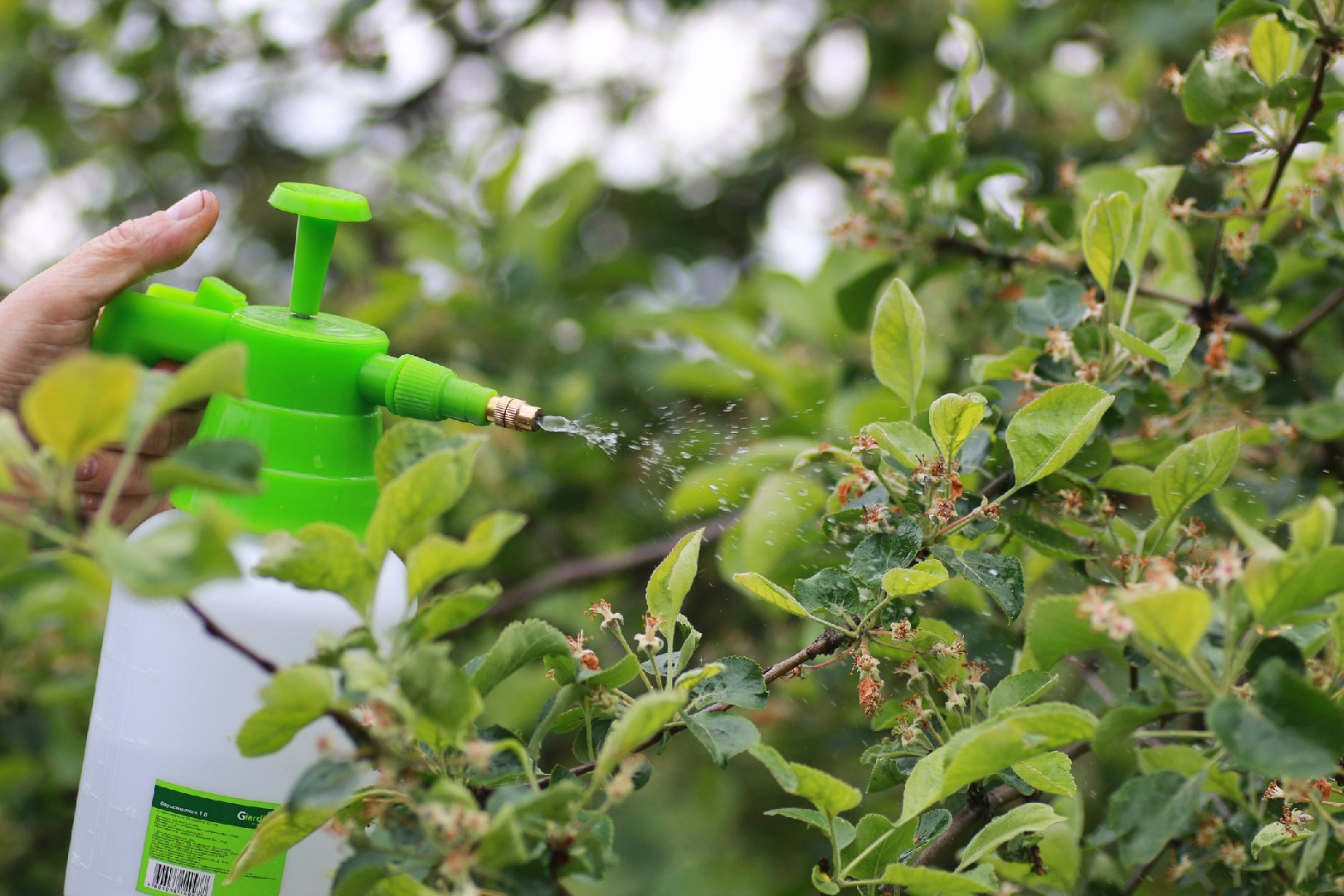![Rectangle]()
Identifying Common Garden Diseases
One of the challenges that gardeners face when maintaining a raised bed garden is dealing with common garden diseases. These diseases can threaten the health of your plants and potentially ruin your garden if not addressed promptly. In this section, we will discuss some of the most frequently encountered garden diseases that pose a threat to raised bed gardens and provide tips for early intervention and organic disease management.
One common garden disease that affects raised bed gardens is powdery mildew. This fungal disease often appears as a white or grayish powder on the leaves, stems, and flowers of plants. It thrives in warm, humid conditions and can spread rapidly if left untreated. To prevent powdery mildew, it is essential to provide adequate air circulation by spacing plants properly and removing any overcrowded or diseased plant material.
Another common garden disease to watch out for is blight. Blight is a bacterial disease that affects a wide range of plants, including tomatoes, potatoes, and peppers. It can cause wilting, leaf spots, and fruit rot. To prevent blight, avoid overhead watering, as the splashing water can spread the bacteria. Instead, water at the base of the plants to keep the foliage dry.
Fungal diseases like rust and downy mildew can also take a toll on raised bed gardens. Rust appears as orange or brown spots on the leaves and stems of plants and can cause them to become weak and stunted. Downy mildew, on the other hand, presents as yellow or pale green spots on the leaves, often accompanied by a fuzzy white growth on the undersides. To control these fungal diseases, practice good sanitation by removing any infected plant material and avoid overhead watering.
When it comes to identifying common garden diseases, it is crucial to pay attention to the signs and symptoms on your plants. Regularly inspect your garden for any unusual discoloration, spots, wilting, or distorted growth. Early intervention is key to preventing the diseases from spreading and causing more damage.
To maintain the health of your raised bed garden, embracing organic disease management approaches is highly recommended. These methods focus on using natural alternatives to chemically-synthesized pesticides. For instance, companion planting can help deter pests and reduce the risk of disease. Planting marigolds, for example, can repel pests such as aphids and nematodes. Additionally, keeping your plants well-nourished and watering them properly can strengthen their natural defenses against diseases.
By familiarizing yourself with the common garden diseases and their early signs, you can take proactive measures to prevent them from spreading and protect the health of your raised bed garden. Remember to practice good gardening practices and embrace organic disease management methods to keep your garden thriving for years to come.





